The Kaedehara P.3 is a gull-wing fighter monoplane of Japanese origin. Reaching operational service, it was used on the eaely stages of the Sino-Japanese War and by nearby countries.
Following the initial success of the Pegasus (Kaedahara P.1) freight transport the bureau proposed two new projects for a fighter aircraft powered by the Bristol Jupiter; the P.3 with the gull wing and the P.2 with the straight wing.
Engineering work began in 1929 and mock-up of these aircraft were finished in the latter, taking their first flight in 1930 (the P.3 flew in 1931).
The resulting design is a gull-winged fighter monoplane of wooden and steel construction powered by a 450 hp. Bristol taken from a P.1 transport aircraft.
Flight tests revealed that the maximum speed of the aircraft near sea level was only 260 kilometers per hour, contributing to massive drag on the supporting front strut of the wing. When it was re-engineered and flew again the maximum speed rose to 334 km/h TAS and about 360 km/h at medium altitude.
Despite showing superior speeds, problems on vision and low-speed handling rose as while the aircraft is landing at about below 150 km/h the aircraft felt heavy to control and tends to bounce sideways when touching down.
However it was accepted to service by the Imperial Japanese Army and had its debut operational sortie over Manchuria against the Nationalist Chinese in 1932 downing a Boeing biplane [the P-12].
Advances on fighter technology such as the introduction of the faster Boeing Peashooter gave the Kaedehara a challenge: despite having a small gap at their respective maximum speeds the Kaedehara type suffered troubles in combat such as lateral instability and slow turn rate.
It was replaced by the Mitsubishi A5M and was retired on Japanese duties before the Pacific War broke out.
The Thais, the Manchurians and other nations that bought or captured the type utilised the type in the Second World War.
Specifications
Powerplant: Bristol Jupiter, 450 hp.
Maximum speed: 334 km/h TAS at ground ; ~363 km/h TAS at altitude
Specifications
General Characteristics
- Created On Android
- Wingspan 32.7ft (10.0m)
- Length 21.0ft (6.4m)
- Height 9.9ft (3.0m)
- Empty Weight 2,521lbs (1,143kg)
- Loaded Weight 3,021lbs (1,370kg)
Performance
- Horse Power/Weight Ratio 0.148
- Wing Loading 28.4lbs/ft2 (138.5kg/m2)
- Wing Area 106.5ft2 (9.9m2)
- Drag Points 1927
Parts
- Number of Parts 160
- Control Surfaces 7
- Performance Cost 516

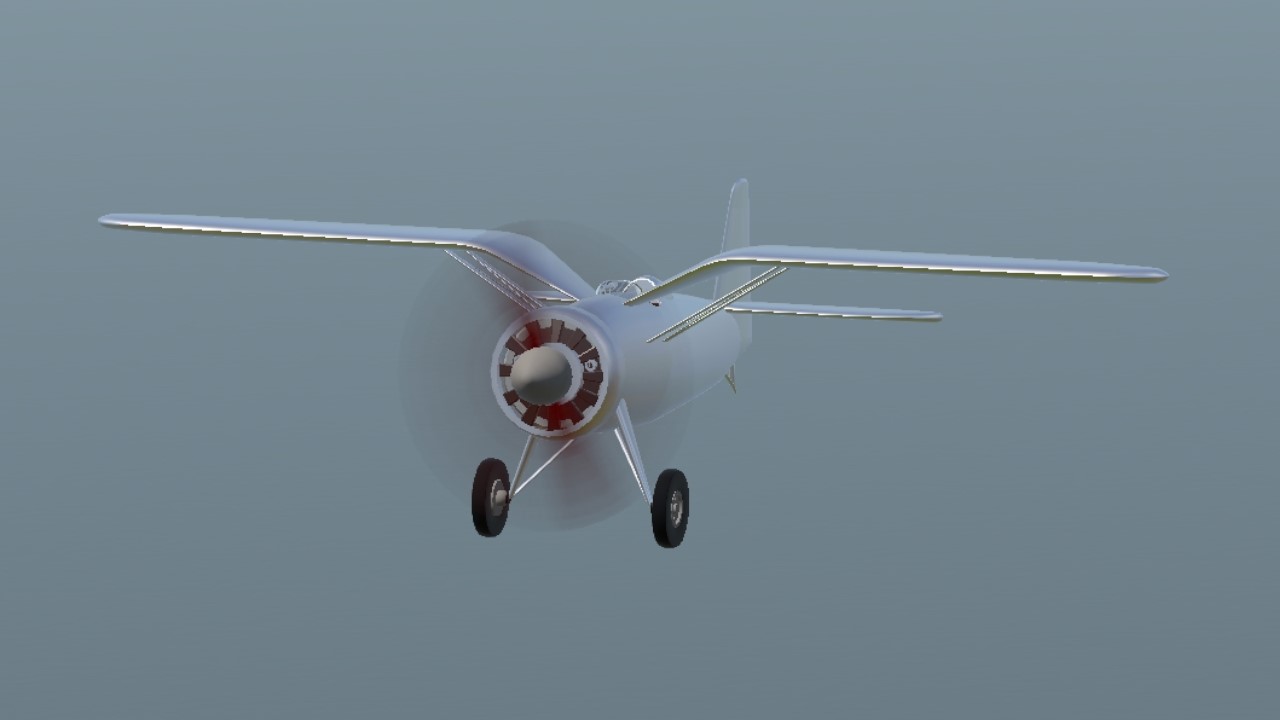
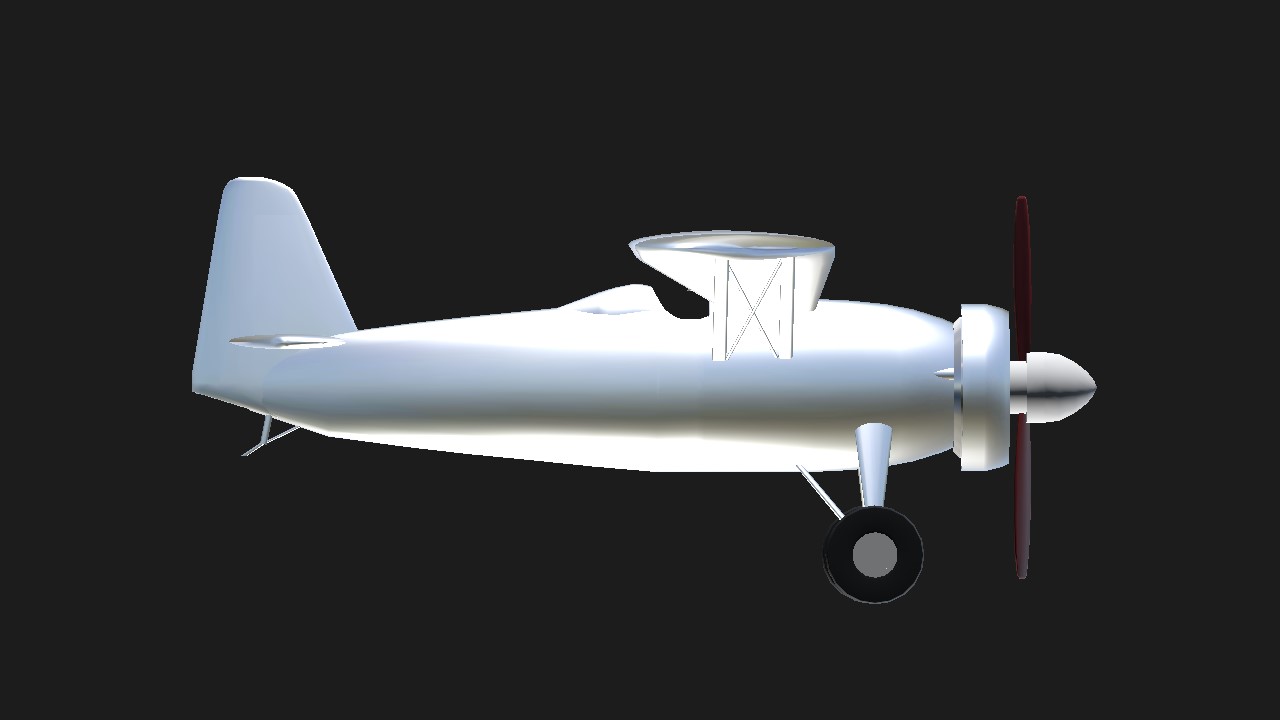
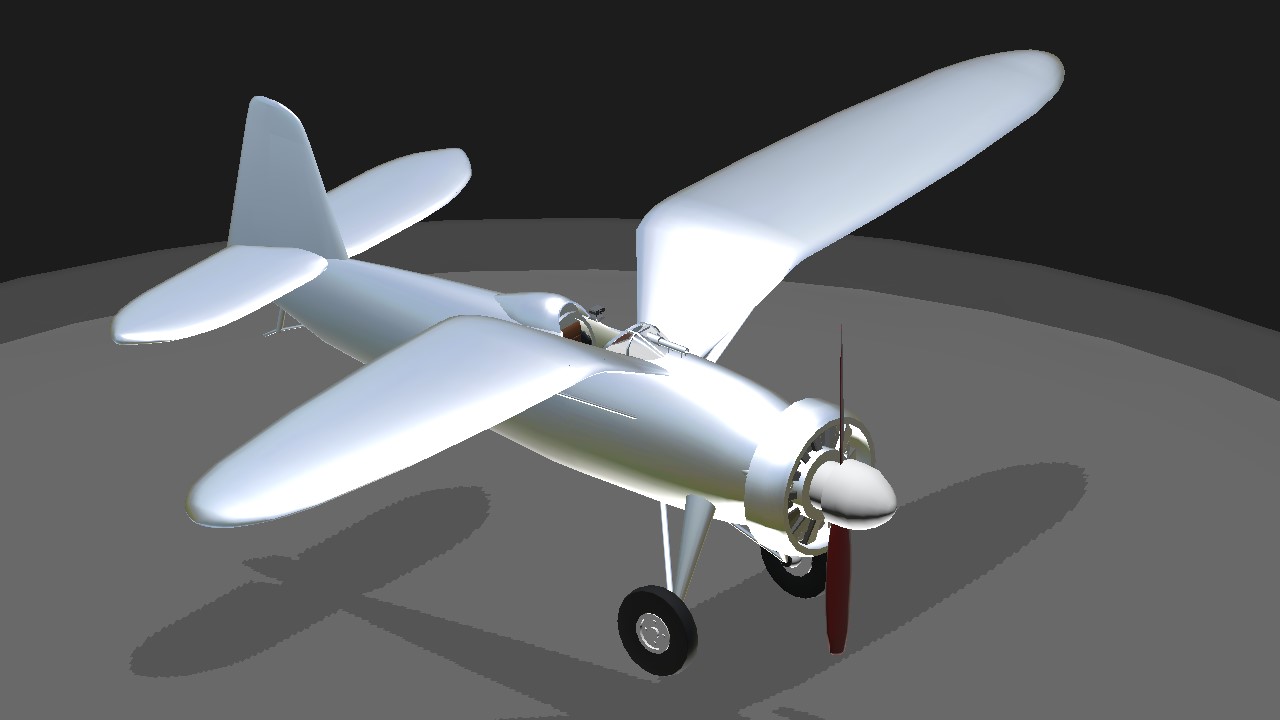
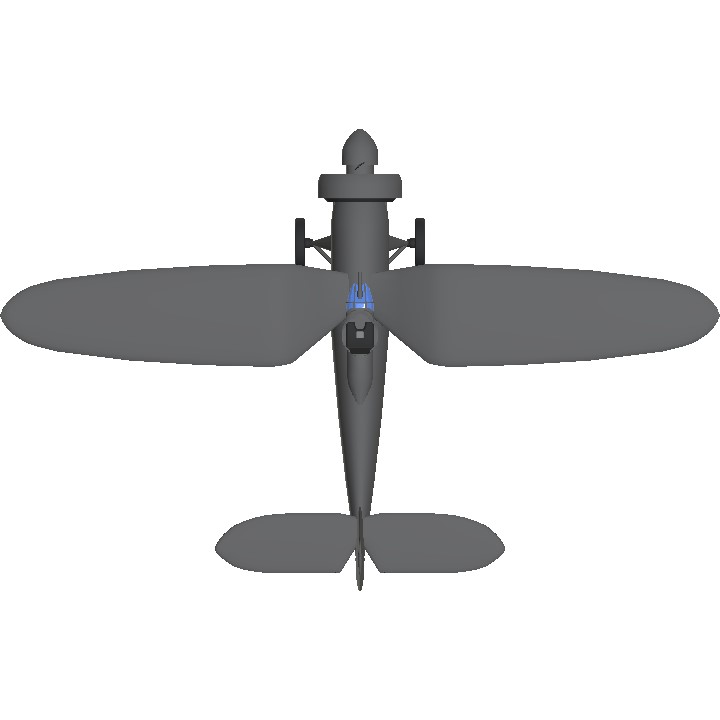
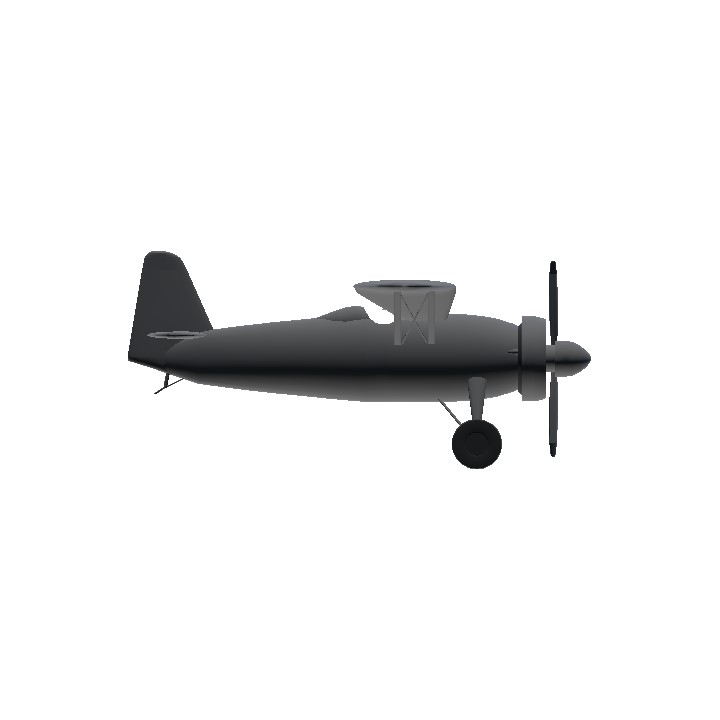
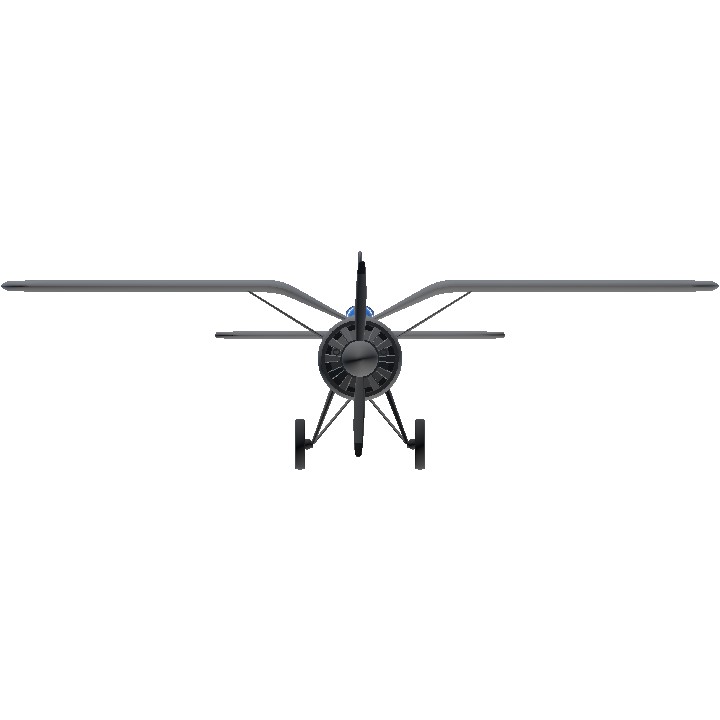
@Inuyasha8215 Based on lore, it was directly referenced:
'Sometime in the mid-1920s young Japanese engineers started up their own firm that has a code-name referencing a popular character om the time of 2021.
Naslund bureau had it but they turned it down in favor of using a Norse mythological name to dissociate from them.
This was made due to the founding of the so-called Archon forces, that has a primary mission of guarding Pacific trade routes by air.'
Kazuha